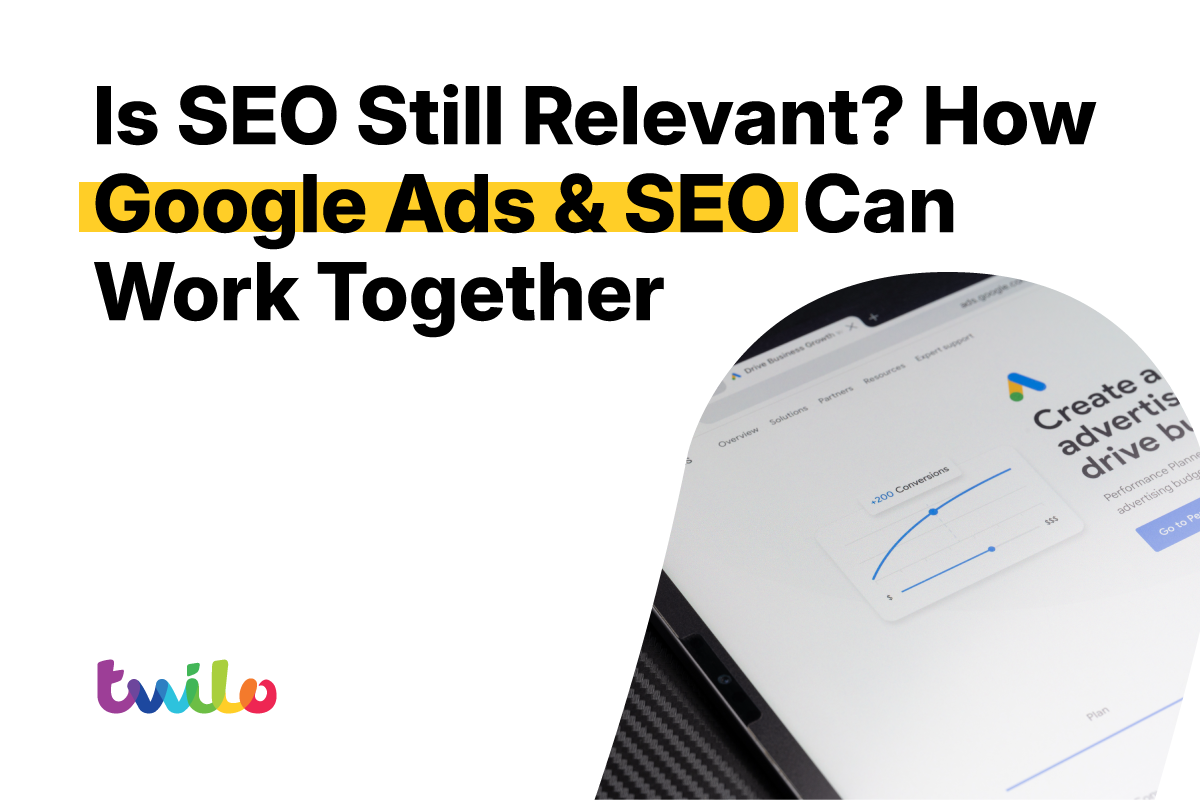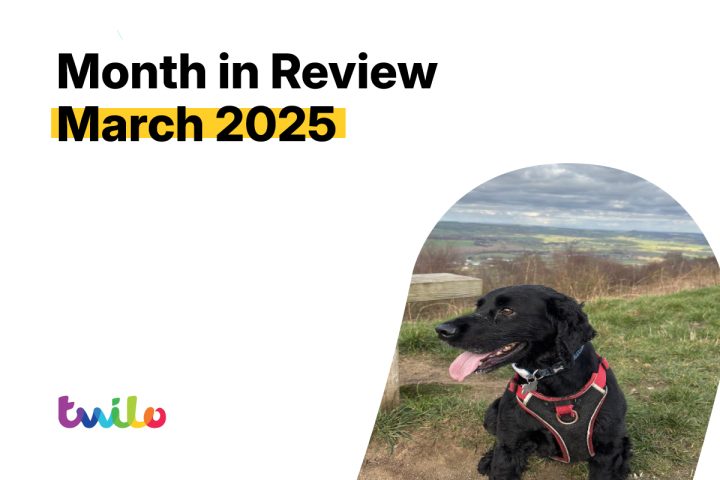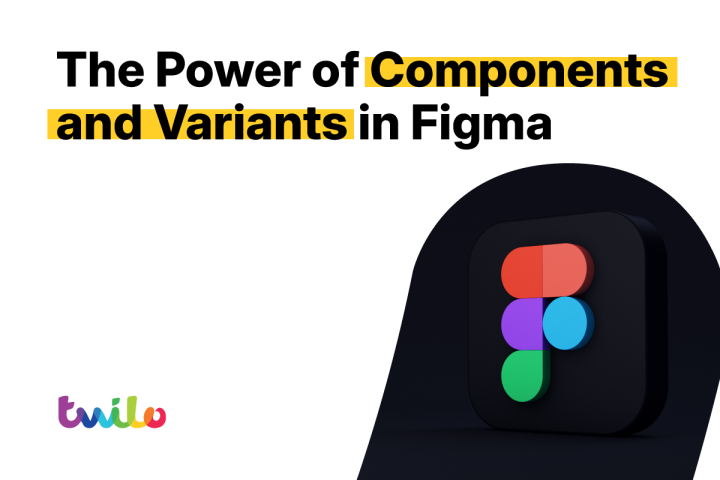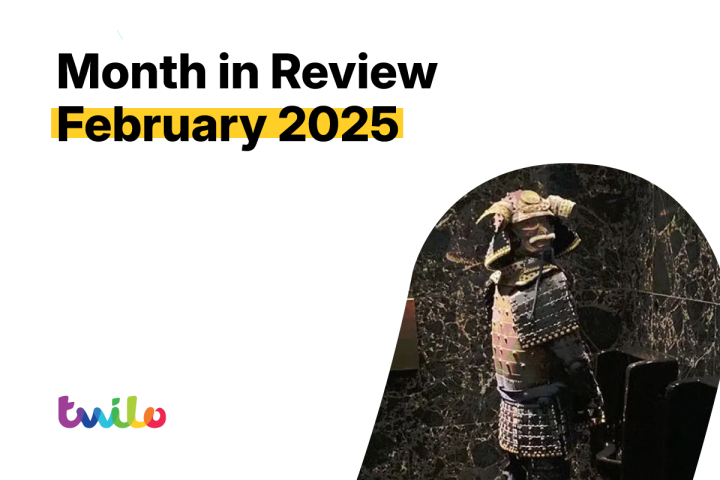In the ever-evolving world of digital marketing, businesses often argue over whether they should focus on SEO (Search Engine Optimisation) or Google Ads (Pay-Per-Click Advertising). Some claim that organic search is dying, while others argue that paid ads are too expensive in the long run. However, the reality is that SEO and Google Ads don’t have to compete. In fact, when combined, they create a powerful marketing strategy.
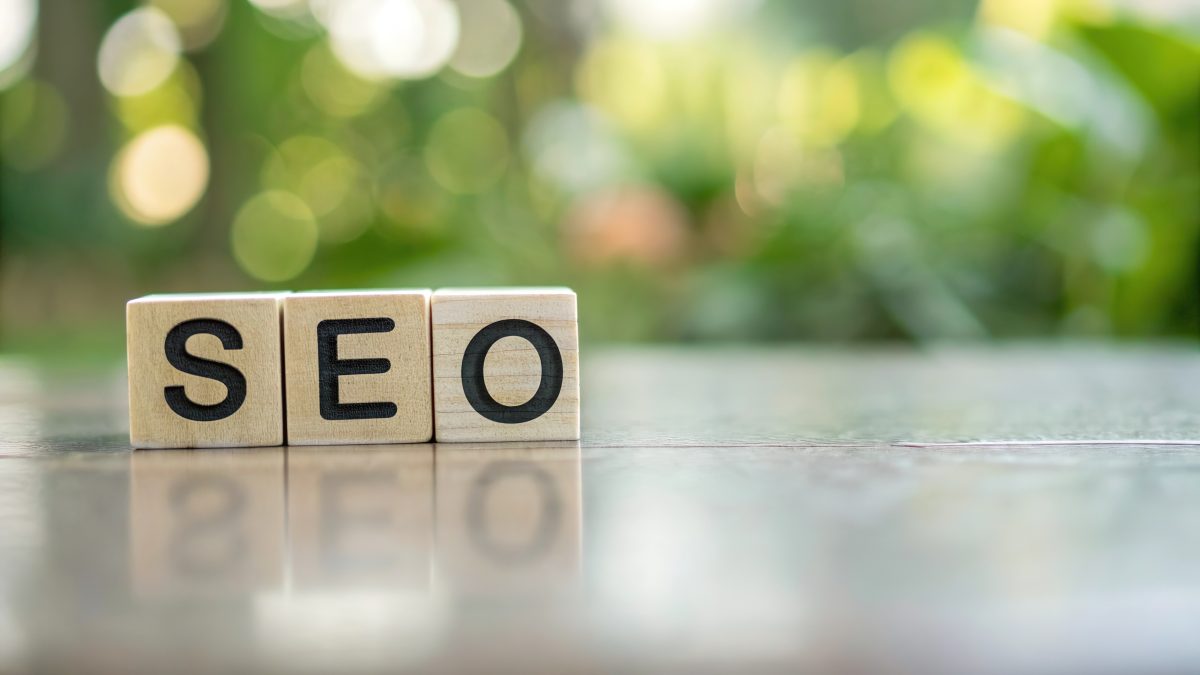
Why SEO is Still Relevant in 2025 and Beyond
SEO isn’t going anywhere. While Google Ads can get you immediate visibility, SEO builds long-term authority and traffic. Here’s why SEO is still crucial:
- Organic Clicks Still Dominate
- Research shows that organic search results receive more than 50% of all clicks, while paid ads capture around 30%. Many users still prefer organic results over sponsored ones.
- Trust & Credibility
- Ranking organically on Google signals authority. Users are more likely to trust high-ranking websites more than paid ads.
- Cost-Effective in the Long Run
- Unlike Google Ads, where you pay per click, SEO traffic is free once you rank well. Investing in SEO now saves ad spend in the future.
- Google’s Algorithm Prefers Quality Content
- Google continues to prioritise helpful, authoritative, and user-focused content. SEO ensures your website meets these standards.
How Google Ads Complements SEO
Rather than choosing between SEO and Google Ads, here’s how they work together for the best results:
1. Faster Keyword & Audience Insights
- Google Ads provides instant data on which keywords convert best. This insight helps refine your SEO strategy, so you can target high-value keywords in organic search.
2. Dominating the Search Results Page (SERP)
- Running Google Ads while ranking organically for the same keyword gives you double visibility—both in paid ads and organic listings. This increases brand credibility and CTR (Click-Through Rate).
3. Retargeting Organic Visitors
- Not all organic visitors convert on their first visit. You may increase your chances of conversion by using Google Ads retargeting to bring them back with personalised ads.
4. SEO Helps Reduce Ad Costs
- A well-optimised site (good SEO) leads to a higher Quality Score in Google Ads. A better Quality Score means lower CPC (Cost-Per-Click) and better ad placements.
5. Content & Ads Synergy
- Google Ads can be used to advertise high-quality blog posts (SEO content) and generate immediate traffic. You can later lower your ad spend on such keywords as your SRO rankings rise.
When to Focus More on Google Ads vs. SEO
- Short-Term Wins (Google Ads): Use Google Ads if you need visibility, sales or leads right away.
- Long-Term Growth (SEO): Invest in SEO if you want to increase steady traffic and lessen your dependency on paid ads.
- Best Approach: Use both! Run Google Ads while building SEO, then scale back ad spend as your organic rankings improve.
Final Thoughts
SEO is very much alive and remains a crucial part of digital marketing. However, combining it with Google Ads creates a balanced, data-driven strategy that ensures both short-term success and long-term growth.
Want to maximise your SEO & Google Ads strategy? Contact Twilo today and we can help you achieve this.

